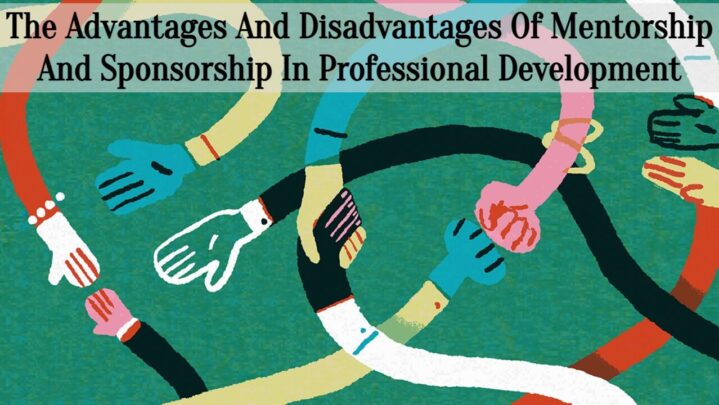Mentorship and sponsorship both include a connection between an experienced person and a less experienced person, with the experienced person providing direction and assistance to the less experienced person. However, there are some significant variations between mentoring and sponsoring, and each technique has its own set of benefits and drawbacks.
Mentorship is a relationship in which an experienced person, known as a mentor, gives direction, advice, and support to a less experienced one, known as a mentee. Mentors can provide advice on a number of issues, including career growth, professional skills, and work-life balance. Mentors can also function as role models and provide support and guidance on personal and professional concerns. One of the primary benefits of mentorship is that it may give a mentee a sounding board for ideas as well as a safe area to discuss issues and possibilities. Furthermore, mentorship can offer a mentee access to a network of connections and resources that can assist them progress in their profession.
Sponsorship, on the other hand, is a partnership in which an experienced person, known as a sponsor, actively advocates for and supports the professional growth of a less experienced individual, known as a protégé. Sponsors can assist proteges by giving them opportunities and resources such as mentorship, networking, and training. Sponsors can also assist proteges by campaigning for them in their organizations and guiding them through organizational politics. One of the primary benefits of sponsorship is that it may serve to level the playing field for less experienced individuals, particularly those who may face hurdles to progress due to their race, gender, or other reasons.
Also Read: The Influence Of Technology On Our Daily Lives And How To Find A Balance





